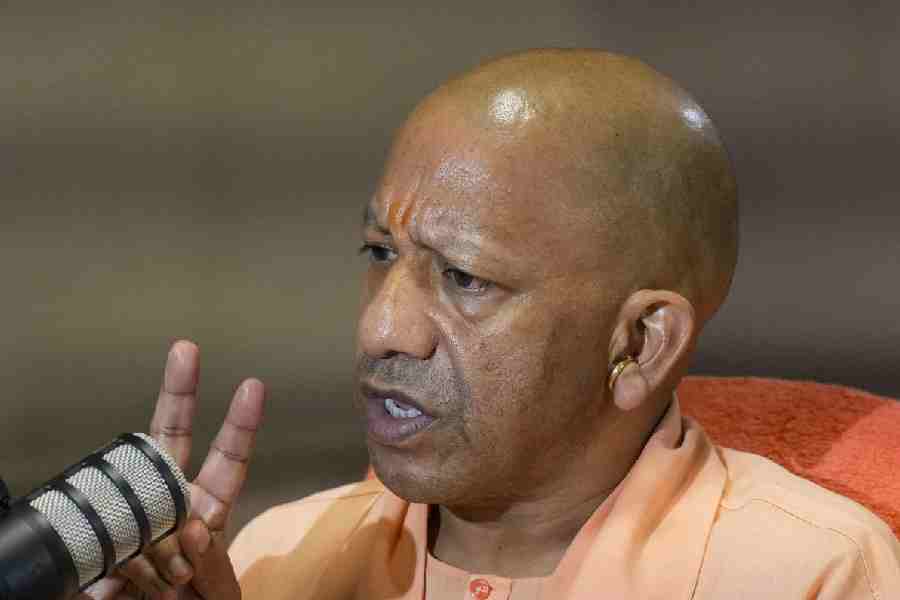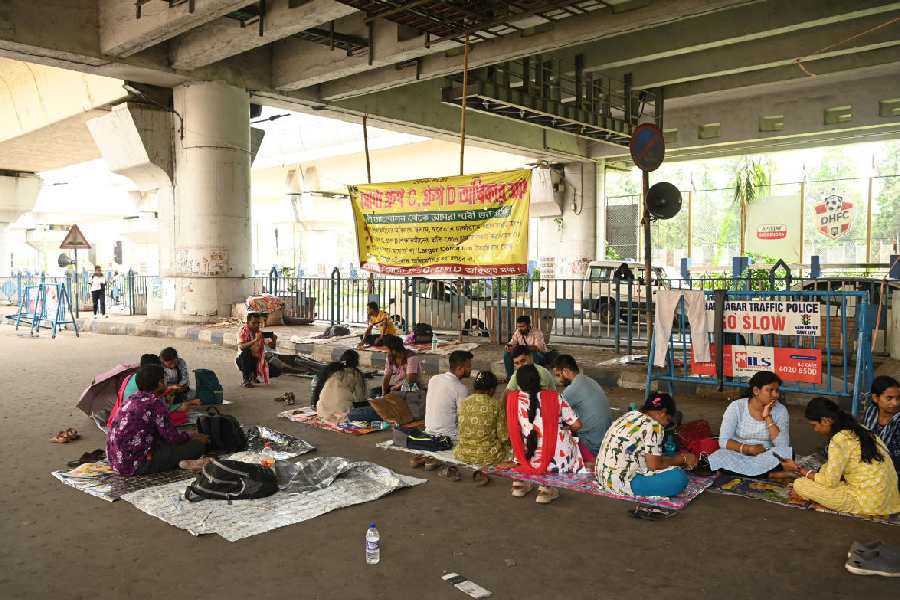Gangtok, Aug. 11: Where traders wait to capture a market, invaders thundered through to conquer a nation a century ago.
It was in June 1903, just before the monsoon “burst”, that the British India military, led by adventurer Sir (Colonel) Francis Younghusband, marched through the hill state and Jelep-la and invaded Tibet. Lhasa was captured.
The 13th Dalai Lama fled to Mongolia but four of his cabinet ministers signed the Treaty of Lhasa with the British in 1904. But Tibet never bowed to British rule. The invasion is only remembered as “the great misadventure”.
But Jelep-la’s history has been overshadowed by Nathu-la’s future, in which, traders await the reopening of the silk route to tap Tibet’s market.
Going by Younghusband’s biography, written by Patrick French, the young Colonel was summoned to Shimla by the then viceroy, Lord Curzon, in the last week of May, 1903.
Curzon is said to have told Younghusband that he was the only man in India who could conquer Tibet.
Made the Tibet Frontier Commissioner, Younghusband led an army of musket-toting sepoys and a file of ration-carrying coolies on the conquest.
He is said to have stayed for a brief period at Rockville hotel in Darjeeling before entering Sikkim.
Younghusband, the soldier, mystic and explorer, is often referred to as the last great imperialist of the Victorian age. But his adventure in Sikkim has not been well recorded though he maintained a diary.
While in Sikkim, he was smitten by natural beauty more than politics, his biographer has written. Younghusband’s notes passing through Sikkim on a mission to Tibet has as many references to nature as to politics, French wrote in the biography.
On his entry to the Himalayan kingdom, he is said to have spent a night in Rongpo, the border town between Sikkim and West Bengal. He reached Gangtok the next day and met the then British political officer to Sikkim John Claude White, who was also in charge of affairs for Tibet.
Sikkim had close links with Tibet during that period — the then Chogyal Thutob Namgyal married Yeshe Dolma, daughter of a Tibetan nobleman.
While in Sikkim, Younghusband had an audience with the Chogyal and his queen.
Before entering Tibet, Younghusband and his large army camped for two months in Sikkim for additional reinforcements and supplies. An ardent adventurer, he spent his time exploring the bewitching kingdom.
Much of the history has, however, been lost in the mists of time. The state archives at Gangtok have little on Younghusband’s mission. Though an index in the registers shows records of the British-Tibet wars from the British political officers’ files, Younghusband’s exploits are missing.
Former chief secretary K. C. Pradhan, who is also a conservationist, told The Telegraph that an architect living in California had been working on the Younghusband trail for the many years.
With no records to throw light on Younghusband’s sojourn through Sikkim, hope turns to Darjeeling, where he wanted his memorial to be built.
the troublesome neighbour that was bonding with Russia, against the terms of the treaty made on their behalf by China.










